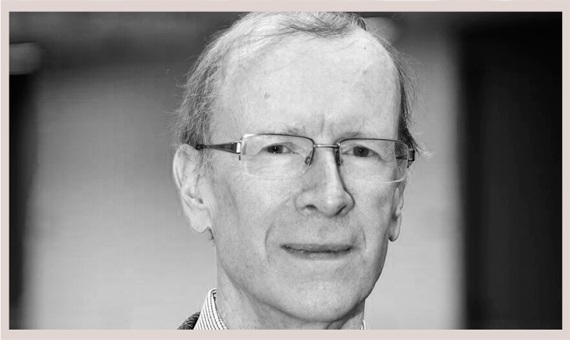Andrew Wiles has been awarded the Abel Prize for his demonstration of Fermat’s Last Theorem
Solving Fermat’s Last Theorem is one of the most exciting episodes in the history of mathematics. Now the Norwegian Academy of Science and Letters has awarded the Abel Prize to the mathematician who put an end to the puzzle: Andrew Wiles (brorn 11 April 1953.
A clue in the margins of a book

Once upon a time there was a French notary who was an amateur mathematician and loved to write in the margins of the pages of his books. In one of them, Diophantus’s Arithmetica, he left a note that intrigued successive generations of mathematicians for three and a half centuries. He scribbled a simple observation about integers: a power, other than a square, cannot be broken down as the sum of the powers of the same order; or, in other words, that the equation xn + yn = zn does not support integer solutions for n>2 (for n=2, it is possible to find solutions, these are the so-called Pythagorean triples). He added: “I have discovered a truly marvelous demonstration of this proposition that this margin is too narrow to contain.” Unfortunately, the notary, Pierre de Fermat, did not leave any clues to this demonstration in any other document, and for three centuries, the most brilliant mathematicians tried to find it.
Algebraic geometry and elliptic curves
It took a radically different approach that was provided by two Japanese mathematicians, Yutaka Taniyama and Goro Shimura. They formulated a conjecture on a seemingly unrelated branch, number theory where the problem is included: algebraic geometry, and more specifically the so-called elliptic curves (which, incidentally, are already beginning to be used in modern cryptography).
Proof of Taniyama and Shimura’s conjecture implied Fermat’s conjecture was true. The relationship between these two very distant ideas resulted from the work of another mathematician, Ken Ribet, in 1985. And precisely this clue was what the hero of our story, British mathematician Andrew Wiles, achieved. Wiles spent eight years completely isolated, trying to avoid anyone finding out what he was up to, until he found the result. In 1993, he shared his work in a series of carefully-prepared lectures at the Isaac Newton Institute of the University of Cambridge. Nobody knew what he was going to say but the expectation increased day by day. He finished the last day with the phrase: “and this proves Fermat’s Last Theorem. I think I’ll leave it here”. Ovation and lap of honor; Wiles had fulfilled his childhood dream on Fermat.

Wiles said this of his work: “You enter the first room of the mansion and it’s completely dark. In complete blackness. You stumble around bumping into the furniture, but you gradually learn where each piece of furniture is. Finally, after six months or so, you find the light switch, you turn it on, and suddenly it’s all illuminated. You can see exactly where you were. Then you move into the next room and spend another six months in the dark. So each of these breakthroughs, while sometimes they’re momentary, sometimes over a period of a day or two, they are the culmination of—and couldn’t exist without—the many months of stumbling around in the dark that preceded them.”
However, when Wiles was familiar with the whole mansion, a major setback still awaited him. There was a small but very complex error in the demonstration he presented. His solution required another year working with his student Richard Taylor, but for his peace of mind and that of the whole mathematical community, the proof was finally complete. Therefore, Wiles received a special tribute from the International Mathematical Union (IMU) at the International Congress of Mathematicians in Berlin in 1998, in the form of a silver plaque. It was the first and only plaque granted by the IMU and its award was a kind of compensation for the Fields Medal that he couldn’t win. He almost didn’t meet the requirements for this award, which require the candidate to be under 40 on the first of January of the year of the Congress. Now the Norwegian Academy of Science and Letters and IMU once again recognize Andrew Wiles’s major achievement with the prestigious Abel Prize.
Those fallen by the wayside
I would point out how this finding, which is without a doubt the result of Wiles’s genius, has required the help of many mathematicians, each with their decisive contribution. And remember those fallen by the wayside: the Japanese mathematician Taniyama, who committed suicide aged 31 as a result of depression (in his suicide note he mentioned how far he had come with the students in his classes to prevent discomfort to his potential replacement); Taniyama’s own girlfriend, who committed suicide one month later to be reunited with her beloved; and Shimura, Taniyama’s great friend, who has felt guilty ever since for not having paid enough attention that might have prevented his suicide
This is the reality of mathematics, a science made by human beings, and therefore subject to all their vicissitudes. On May 24 Andrew Wiles will receive his award from Prince Haakon of Norway, but all those who marked his path to glory will be present in the memory.
Manuel de León
(CSIC-ICMAT).
Comments on this publication